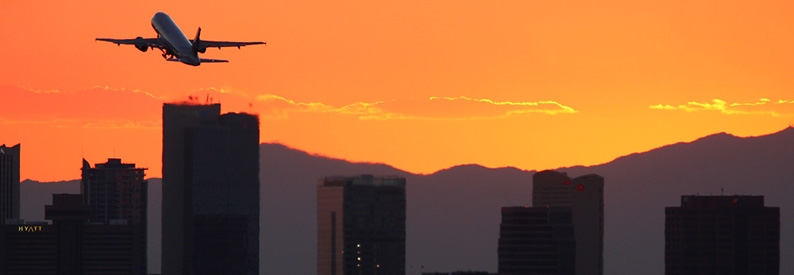FAA Restricts Helicopter Traffic Around Reagan National Airport

The Federal Aviation Administration (FAA) announced new restrictions on helicopter traffic near Ronald Reagan Washington National Airport following the fatal midair collision that claimed the lives of all 67 people aboard an American Eagle regional jet and an Army Black Hawk helicopter. The decision, announced by Transportation Secretary Sean Duffy on X (formerly Twitter), is aimed at securing the airspace and restoring confidence in the nation’s aviation system.
The restrictions will cover a defined area stretching from Memorial Bridge to South Capitol Street Bridge (excluding the Tidal Basin), as well as from Haines Point to Wilson Bridge and the airspace directly above the airport. “Today’s decision will immediately help secure the airspace near Reagan Airport, ensuring the safety of airplane and helicopter traffic,” Duffy stated.
The collision occurred Wednesday night when American Eagle Flight 5342—a Bombardier CRJ700 operating on a regional route from Wichita, Kansas—was seconds away from landing at Reagan National Airport. While flying at about 300 feet on its final approach, the jet collided with a U.S. Army Black Hawk helicopter. The helicopter, part of its normal operational zone, was transitioning between helicopter tracks, a process typical in the Washington, D.C. area. FAA rules dictate that helicopters in this region should operate at a maximum altitude of 200 feet to ensure safety; however, the altitude discrepancy has emerged as one of the key issues under investigation.
National Transportation Safety Board (NTSB) member Todd Inman explained during a briefing that helicopters in Washington operate within clearly defined zones. “This one was transitioning from track one to four as part of their normal procedure,” Inman said. Despite these standard operating procedures, the collision occurred with catastrophic consequences.
American Airlines CEO Robert Isom acknowledged the tragedy and admitted that it remains unclear why the military helicopter came into the flight path of the American Eagle aircraft. “We don’t know why the military aircraft came into the path of our aircraft,” Isom said at a press briefing. He also expressed gratitude toward President Donald Trump, Secretary Duffy, and the Administration for their prompt action to impose the new restrictions.
The collision marks the first deadly commercial airline crash in the U.S. in more than 15 years and is the deadliest since 2001, with all 64 people on board the aircraft and all three occupants of the Black Hawk perishing. Investigators are meticulously reviewing various factors—including aircraft altitudes, staffing levels, and communications with air traffic controllers—to determine the root cause of the incident. FAA guidelines, which require helicopters to remain at or below 200 feet in the vicinity of Reagan National Airport, will be a focal point of the inquiry.
In response to the tragedy, the FAA’s decision to restrict helicopter traffic is seen as a significant step toward preventing similar incidents in the future and ensuring that the airspace around one of the nation’s busiest airports is more secure. As the investigation continues, both the aviation community and the public await further details that may shed light on how such a disaster could occur despite stringent safety protocols.
Related News : https://suspicious-zhukovsky.67-21-117-18.plesk.page/?s=Reagan+National+Airport
Sources: AirGuide Business airguide.info, bing.com, cnbc.com
